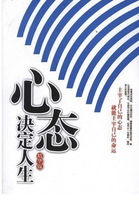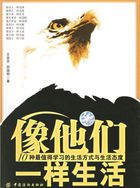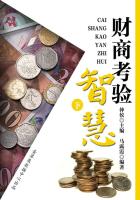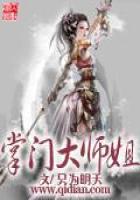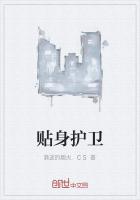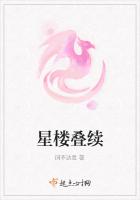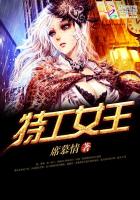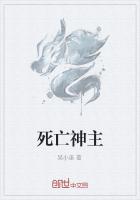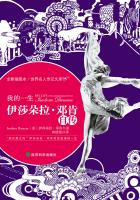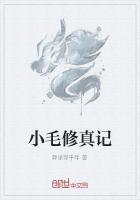It‘s also tempting to think that the problems our society faces are too large to be overcome by the efforts of individuals that young people, even Stanford graduates, cannot possibly build bridges to span the tremendous challenges that this nation now faces. But before you succumb to that thought on this, the 113th anniversary of Stanford’s first graduating class, I want to recall another legal anniversary that has just passed, and another critical set of bridge builders. Fifty years ago, on May 17, 1954, the U.S. Supreme Court held that the segregationist doctrine of separate but equal was unconstitutional as applied to public school children. In Brown v. Board of Education, the court overturned Plessy v. Ferguson, and struck down the legal fiction that children of different races received the equal protection of the law even though they were forced to attend separate schools. Some saw that decision as a tremendous shift in the law that happened overnight. But, in fact, the bridge to Brown was paved with many small stones, each laid by someone like yourself who decided to believe that even a small difference was worth making.
Early on, the bridge building must have seemed terribly slow going. By 1927, the Supreme Court had already used the Equal Protection guarantee of the 14th Amendment to strike down a Texas law that made African Americans ineligible to vote in Democratic primaries. Five years later, however, in 1932, it confronted another problem: The Texas legislature had circumvented the court‘s decision by giving political parties the power to decide which of their members would be permitted to vote in their primaries. The Texas primarieswere now segregated because of private action that seemed immune to constitutional challenge. But Justice Benjamin Cardozo found a way, albeit a narrow one, to replace the bridge stone that Texas had chipped away. Writing for a bare majority of five, he reasoned in Nixon v. Condon that Texas political parties decided who could vote in their primaries only by exercising authority delegated to them by the Texas legislature. As a result, their actions should still be attributed to the state, and the constitutional guarantee still applied.
As the struggle for racial equality continued into the 1940s and beyond, young lawyers continued the work of building a bridge to justice. These lawyers weren’t afraid to dedicate their lives to serving ideals of justice and equality, even though they could not be sure when or even if they would ever see their bridge completed. In fact, my late colleague Thurgood Marshall was only 27 years old when he began litigating his first major civil rights case in 1935. And fifteen years later, in 1950, he and his legal team were still struggling to find a way to get the Supreme Court to revisit its decision in Plessy. They had recently won important cases that forced state universities to admit that, even if Plessy was good law, the separate facilities they provided for black students were not equal in any sense of the word. But they were still toiling to devise a strategy for attacking Plessy head on. The young lawyers working on the Brown case merely saw themselves as bridge builders. But without them, we could not be nearly as proud of our profession , indeed, of our nation, as we are now.
Triumphs over injustice like those spearheaded by Ronald Reagan and those that resulted from the efforts of the young attorneys in Brown can seem inevitable if you know how the story ends. But anyone who has worked in public service knows that the fight never seems easy while it is being waged. You cannot expect that your efforts will meet with immediate success. But the ever-present understanding that you are a part of something bigger than yourself, and that your efforts are paving the way for those who will follow,makes a life of public service worth the bumps along the way. A single generation of public servants cannot bridge all the gaps of inequality and injustice nor span the chasms of our nation‘s critical needs. But if we focus our energies on sharing ideas, finding solutions and using what is right with America to remedy what is wrong with it, we can make a difference. Our nation needs bridges, and bridges are built by those who look to the future and dedicate themselves to helping others. I don’t know what the future holds, but I know who holds the future: It is you. Commit yourselves today, as you embark on your new life as a Stanford graduate, to being a bridge builder. We need you, and those who cross the bridges you build will thank you.
汉语回放(刘文馨译)
校长亨尼斯先生、全体教员、毕业生以及斯坦福大学的各位朋友,我非常高兴今天能够和你们一起参加毕业典礼。毕竟,这对每一个人而言都是充满快乐的一天,因为你们将不再需要忍受考试和课程的煎熬,也可以说,教员们也不用再忍受你们了。你们的前方充满光明和机遇;你们的家人、伴侣以及朋友都将见证你们更多的辉煌。作为本届毕业典礼的演讲者我感到非常荣幸。
我们今天欢聚于此来为即将被授予学位的同学们喝彩,同时,我们应该意识到今天到场的一些英雄,你们应当和这些英雄一起来分享这份荣誉,我指的这些英雄当然就是父母们。他们为你们今天的成就作出了两个卓越的贡献:第一,他们给予了你们智慧的头脑;第二,他们可能至少提供了你们读大学的基本经费。我祝贺各位家长们,也恭喜同学们,你们选择父母时非常的明智。
在毕业典礼上作演讲是一个特别困难的任务,演讲者没有任何给定的主题,并且还要做到能够用一个激动人心却没什么内容的演说来鼓舞所有的毕业生,也许这就是为什么许多律师被邀请来作毕业典礼演讲的原因吧。律师们习惯于没东西可说的时候也要滔滔不绝地说半天。这次亨尼斯校长先生邀请的不仅是一位律师,还是一位年长的法官,作为毕业典礼演讲人。我出生在得克萨斯州,在那里有句俗语:一位老法官就像一只旧鞋,除了舌头,所有的地方都破旧不堪。总之,我想我们今天不用担心时间会有空余。

